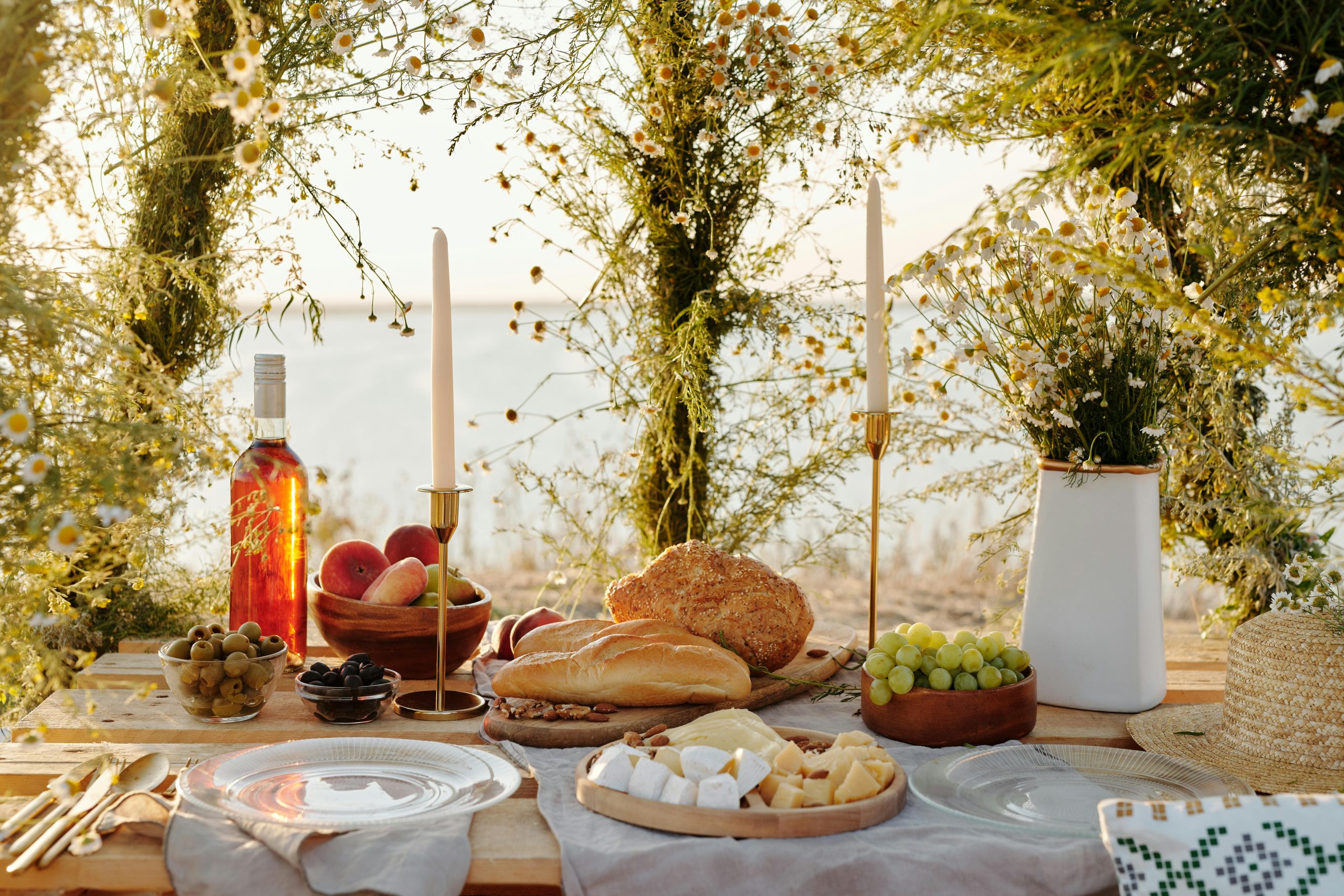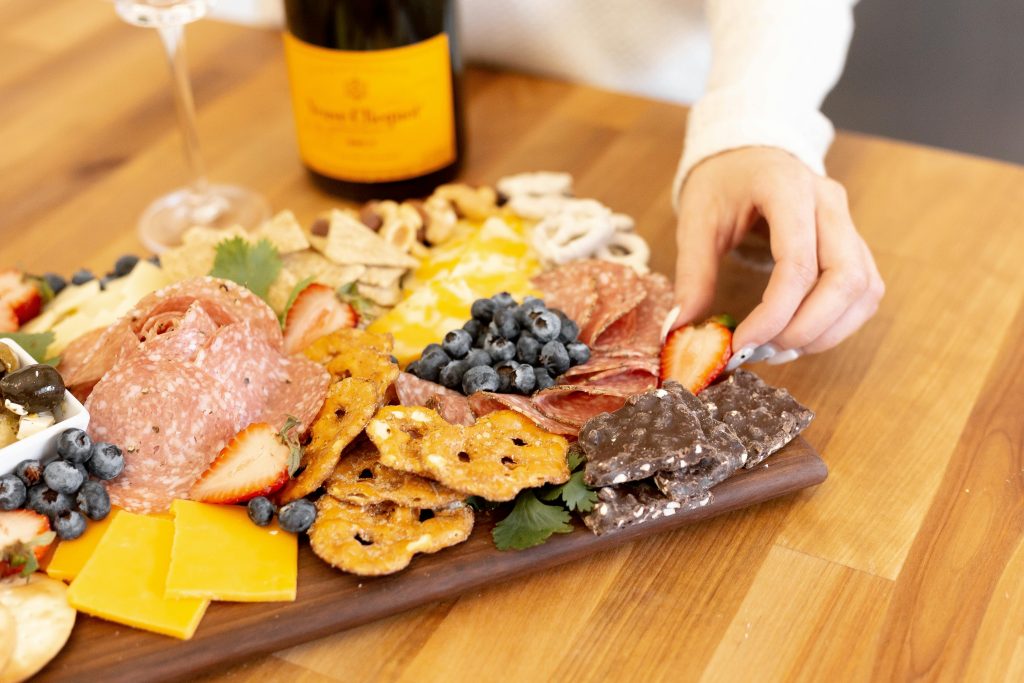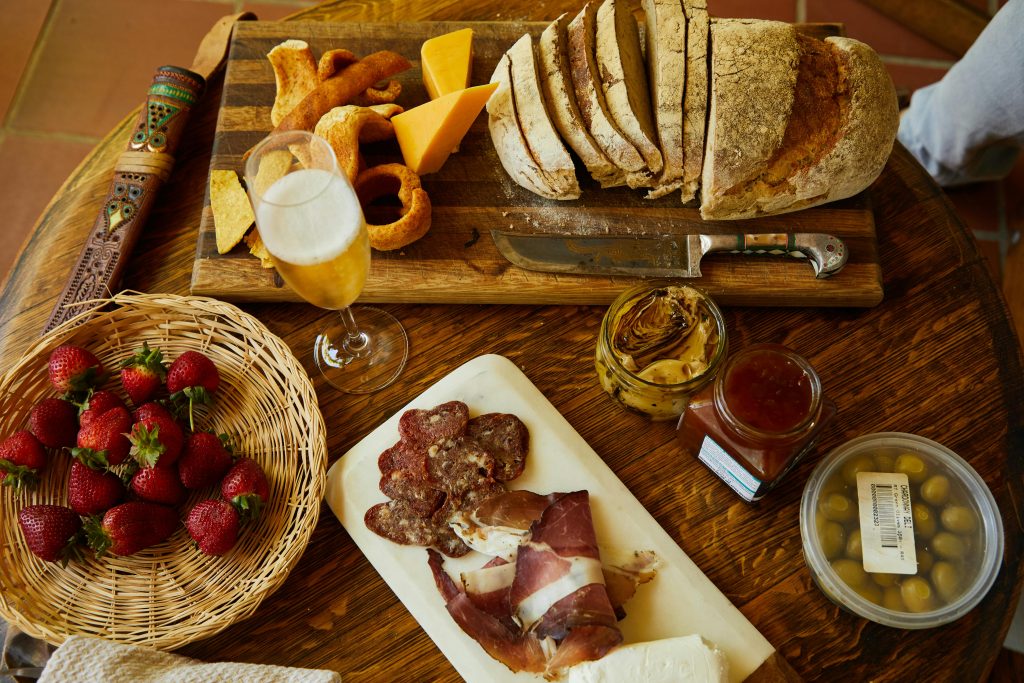
Starters set the tone for your entire meal. You know that first bite, the one that makes you think, “Okay, this is going to be good.” Now imagine that paired with a glass of wine that not only complements but elevates those flavors. We’re diving deep into the world of wine and starter pairings because, trust me, you don’t want to serve just any wine with your appetizers. This is about impressing your guests from the get-go!
Whether you’re hosting a fancy dinner party or just having friends over for a casual get-together, knowing how to pair wine with starters can make you look like a total pro. Let’s start with the basics: what wines work best with certain kinds of starters, and why?
1. The Classic: Cheese and Charcuterie Board
Ah, the ever-popular cheese and charcuterie board. It’s like the MVP of starters. But what do you pair with this mix of rich cheeses and salty cured meats? You’ve got choices here, but my go-to recommendation is a sparkling wine. Why? Because bubbles are magical. They cleanse your palate between bites, meaning that you get to enjoy every new flavor as if it’s the first time.
For cheese, especially those creamy, fatty cheeses like Brie or Camembert, try a Champagne or a Prosecco. They cut through the richness without overpowering the delicate flavors. For harder cheeses, like aged Cheddar or Manchego, a light red like Pinot Noir works wonders.
As for charcuterie, Rosé is your best friend. The acidity and subtle fruitiness balance out the saltiness of prosciutto, salami, and chorizo. Dry Rosé (not the sweet stuff!) keeps things fresh and crisp, making sure your mouth doesn’t get weighed down by the heavier meats.
2. Seafood Starters: Prawns, Oysters, and Ceviche
When it comes to seafood, we’re talking delicate, fresh flavors that need a wine to match. The trick here is to avoid overpowering the natural sweetness and salinity of the sea. This is where white wine truly shines.
Oysters and Champagne? It’s a classic for a reason. The briny oysters are enhanced by the acidity and bubbles in Champagne, making for a harmonious pairing. But if you’re not into bubbles, Muscadet is another excellent choice. It’s dry, crisp, and has that perfect minerality to bring out the best in oysters.
For prawns, especially if they’re grilled or served with a garlic or herb dressing, a Sauvignon Blanc is ideal. The zesty, citrusy notes in Sauvignon Blanc play off the sweetness of the prawns, while the acidity cuts through the garlic and oil.
Now, if you’re serving ceviche, which is raw fish marinated in citrus, the wine you choose should mirror that bright acidity. Enter Albariño. This Spanish white wine has citrus notes, a slight salinity, and a fresh finish, making it the ultimate pairing for ceviche. Plus, it sounds fancy when you say it, so you’re sure to impress your guests.

3. Vegetable-Based Starters: Salads, Bruschetta, and Grilled Veggies
Vegetables can be tricky when it comes to pairing wine, but don’t worry – we’ve got this. Salads and veggie-based starters are all about freshness, and you don’t want a wine that overpowers that.
Let’s start with Bruschetta – the glorious combination of fresh tomatoes, garlic, basil, and olive oil. You’ll want a wine that enhances the herbaceousness of the basil while matching the acidity of the tomatoes. Chianti or another light Italian red is your best bet. The tomato base works well with the acidity in the wine, while the earthy notes bring out the flavors in the basil and garlic.
For grilled veggies, such as zucchini, peppers, or asparagus, Chardonnay is a great option, especially one that’s lightly oaked. The buttery notes in Chardonnay balance the slight char on the veggies without overwhelming their natural flavors. Sauvignon Blanc also works here, especially for green veggies like asparagus or peas, thanks to its crisp, herbal undertones.
Salads can vary, but a safe bet is Pinot Grigio or Verdicchio. Both are light, fresh, and crisp, making them great for vinaigrette-based salads. Just be sure to avoid overly oaky whites, which can clash with the acidity of a salad dressing.
4. Fried Starters: Calamari, Arancini, and Croquettes
Fried food and wine? Absolutely! The richness of fried starters begs for a wine that cuts through the grease without losing its character. Sparkling wine makes another appearance here because those bubbles are excellent at keeping things light and crisp, even when you’re indulging in something fried.
For calamari, which often comes with a zesty lemon aioli or marinara, you can’t go wrong with a Prosecco. The high acidity and bubbles lift the dish, keeping your palate refreshed after each bite. If you prefer something still, a Pinot Grigio or Vermentino will do the trick.
With arancini (those delightful risotto balls), a Barbera or Chianti is a beautiful match. Both wines have enough acidity to handle the richness of the fried exterior, while the fruit-forward notes complement the cheesy, savory filling.
Croquettes, whether they’re filled with ham, cheese, or mushrooms, do well with a light-bodied red, like a Beaujolais. The bright, juicy flavors of the wine provide a nice contrast to the creamy interior of the croquette, while the soft tannins won’t overwhelm the dish.
5. Asian-Inspired Starters: Spring Rolls, Sushi, and Dumplings
Asian-inspired starters can be a bit of a wildcard when it comes to wine pairings. With their combination of sweet, salty, and umami flavors, you’ll want a wine that’s versatile.
For spring rolls, with their mix of fresh veggies and herbs, try a Riesling. Look for one that’s off-dry, meaning it has just a hint of sweetness. The touch of sugar balances the herbs and complements any dipping sauce, while the acidity keeps things fresh.
Sushi is another great candidate for Riesling, especially if you’ve got any spicy rolls in the mix. But if you’re looking for something different, Grüner Veltliner is a fantastic option. It’s got a peppery note that works well with soy sauce, ginger, and wasabi, without overpowering the delicate fish.
For dumplings, especially pork or chicken, Gewürztraminer is a brilliant choice. It’s aromatic and slightly spicy, which works well with the flavors of soy, ginger, and garlic that often accompany dumplings. If Gewürztraminer isn’t your thing, a light Pinot Noir can also be a good fit, especially for heartier dumplings.

6. Spicy Starters: Jalapeño Poppers, Spicy Wings, and Samosas
Spicy foods call for wines that can cool things down. Enter Riesling again! This is your go-to wine for anything with a kick. The sweetness in an off-dry Riesling counteracts the heat, while the acidity keeps the flavors lively.
For jalapeño poppers or anything with a spicy, cheesy filling, an off-dry Riesling is a match made in heaven. The slight sweetness cools down the spice, while the wine’s bright acidity cuts through the richness of the cheese.
For spicy chicken wings, particularly those slathered in hot sauce, Zinfandel can be a bold pairing. It’s fruity, slightly spicy, and has enough body to stand up to the heat. Just make sure you go for one with lower alcohol content, as high alcohol can make the heat even more intense.
If you’re serving samosas, which often come with a spicy kick, a Gewürztraminer or a Rosé will do wonders. The fruity, floral notes of Gewürztraminer balance out the spice, while a dry Rosé keeps things crisp and refreshing.
Conclusion: Wine Pairing is an Adventure
The beauty of pairing wine with starters is that you get to experiment. There’s no one-size-fits-all rule, but understanding the basics of balance between acidity, sweetness, and texture can make a huge difference. The goal is to elevate both the food and the wine so that each bite and sip brings out something new in the other.
Now, prep those appetizers, and get ready to impress your guests with the perfect wine pairing from the very first bite.